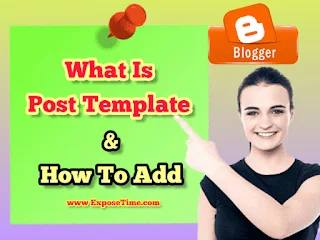Creating and Using Post Templates in WordPress: A Guide for Consistency
A post template, often referred to as a blog post template or article template, is a predefined format or structure that you can use as a starting point when creating new blog posts or articles on your website. These templates help maintain consistency in the formatting, layout, and style of your posts, which can enhance the overall user experience and branding of your website. Here's how to create and use post templates on most content management systems (CMS) like WordPress:
Using Post Templates in WordPress:
1. Create a New Template (if needed):
- If your WordPress theme doesn't already have post templates, you may need to create one. To do this, you'll typically need some basic knowledge of HTML and PHP.
- In your theme folder, create a new PHP file (e.g., `custom-template.php`) and define the template structure. You can include placeholders for the post title, content, featured image, and other elements you want to include.
2. Apply the Template:
- When you create or edit a blog post in WordPress, look for the "Template" option. Depending on your theme and plugins, this might be in different locations. For many themes, you can find it in the "Post Attributes" or "Page Attributes" section in the editor's right-hand sidebar.
- Select the desired template (e.g., the one you created in step 1) from the dropdown menu.
3. Customize Content:
- Now, you can start customizing the content within the template. Replace placeholders with actual post titles, text, images, and other elements as needed.
4. Save or Publish:
- Once you've added your content, save it as a draft or publish it.
5. Repeat for Future Posts:
- For each new post, you can choose the template you've created and follow the same process.
Note: Keep in mind that the availability and functionality of post templates may vary depending on your WordPress theme and any plugins you have installed. Some themes and page builders also offer more advanced templating options.
If you're using a different CMS, the process may vary, but the general concept remains the same: create a predefined structure or format for your blog posts or articles and use it as a starting point when creating new content. This helps ensure consistency in your content presentation and saves you time in formatting each post from scratch.
Sharing Is Caring




Post a Comment